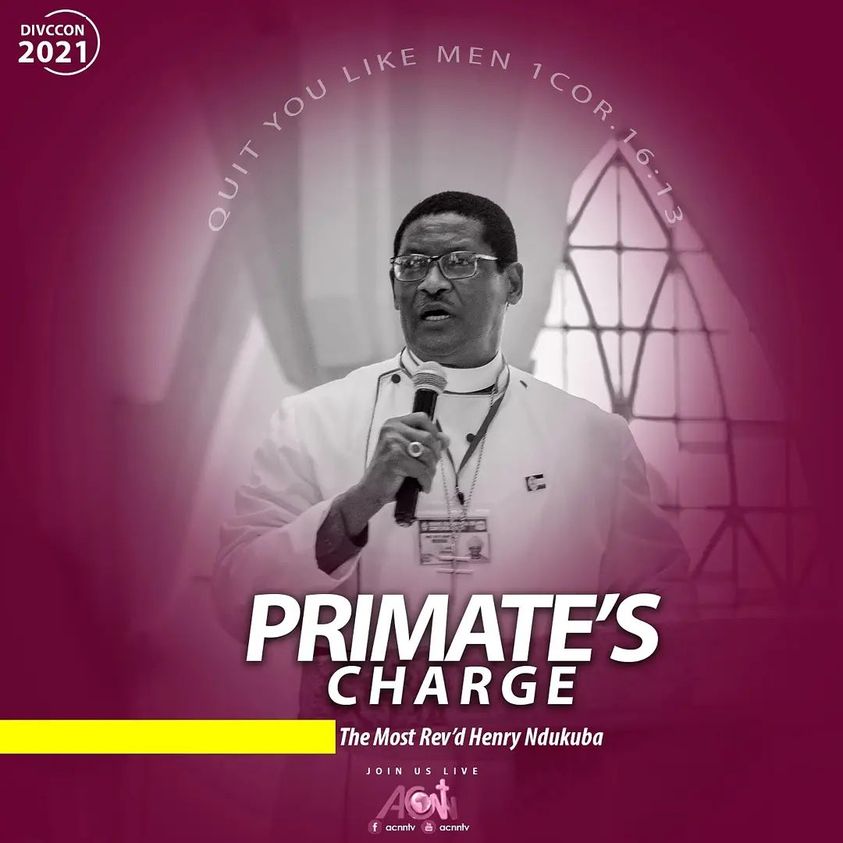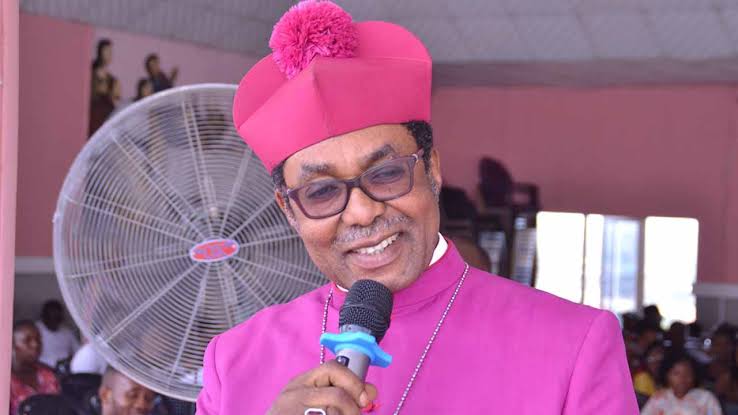West Malaysia
First published in December 2017
Britain’s land-swap with the Dutch, in the early 1800s, resulted in a peculiar anomaly: the Anglican church of Christ Church in Melaka is the oldest Protestant church in Malaysia; but not the oldest Anglican church. Christ Church was built by the Dutch Reformed Church in 1753, but handed over to the Church of England when the British took over. A purpose-built Anglican Church – St George’s Church in Penang – was constructed in 1818.
The Church of England in what is now West Malaysia was a predominantly British church. And while it had some local Christians and had been engaged in missionary activity, it was mainly serving the ex-pat community and those temporarily stationed in Malaysia.
“When our nation became independent, the colonials left, the British traders left, the teachers left, the civil servants left and the army left,” the Bishop of West Malaysia, Archbishop Moon Hing, said. “In those days the church was basically very white and when they left, the church was really empty.
“Christians were few and the leaders were few – the clergy left as well because the new government gave them 10 years and said they must leave.”

Moon Hing was ordained a priest 30 years ago. Diocesan records indicate that, at that time, it had 45 churches serving just 1,700 people – an average of 38 people per church. “So we had to grow our church,” Archbishop Moon Hing said. “Now we have 35,000 [people]: we have 150-plus churches, and 250 congregations.”
Many churches have several congregations with its own leadership servicing different language groups: there are 10 at St Mary’s Cathedral in Kuala Lumpur.
To support this growth, Archbishop Moon Hing has appointed two area bishops to work with him in West Malaysia: Dr Jason Selvaraj and Charles Samuel. In February 2018, the provincial Synod will be asked to endorse a process leading to the separation of West Malaysia into three new dioceses: Northern Peninsula, Central and Eastern Peninsula, and Southern Peninsula. If it agrees, the three new dioceses will each be bigger than the Diocese of West Malaysia was when it came out of Singapore in 1970.
The growth of the Church in West Malaysia has come in spite of increasing pressure from some quarters in the Muslim-majority country. “On paper, it is very difficult,” Archbishop Moon Hing said. “A lot of restrictions have come since independence.”
The authorities are not seeking to close existing churches, but is making it difficult to build new ones. Archbishop Moon Hing explained: “Once in a while they will allow one church here, one church there, so they can tell the world that they have not stopped it. But you go through the process of getting permits to build them and it takes a long time.
“They won’t say ‘no’, but they will take a long time and by then you may not have the momentum to go on.”

There are also government restrictions on the Malay language Bible which – as in Arabic – uses the word “Allah” for “God”. The government argues that the use of the word might “confuse Muslims and cause them to convert away from Islam, which is a crime in many parts of the country,” CNN explained. The Malay Supreme Court has upheld a government ban on the use of the word by a Roman Catholic newspaper; but in practice the ban is applied far wider.
Government officials have confiscated Malay language Bibles from the Bible Society and have even prevented their imports at ports in both West and East Malaysia. “There is no law to say we can’t print locally,” Archbishop Moon Hing said. “The Bible Society has tried twice to print here, but the authorities disturb them.”
In other cases, the government have acted when extremists have argued that crosses on churches are “too glaring”.
The Church is trying to get around the restrictions. Rather than build churches, some congregations meet in hired office space or shopping centres. And churches take the view that they don’t need to put up glaring crosses.
Archbishop Moon Hing said: “We need to be wise but at the same time we don’t want to lose the religious freedom. On the ground, we just treat it as it is not there. We just carry on.”
The restrictions have brought all the Christian churches in Malaysia into a very close relationship through the Christian Federation of Malaysia, which brings together the Anglican Church, the Roman Catholic Church and the Evangelical Alliance. And it is part of what spurs the desire for growth.
“We are a minority church and if we don’t grow, we will die,” Archbishop Moon Hing said. “The population is increasing, and if our [the Church] population isn’t increasing, then one day we will be so small that we will be wiped away.”
Provincial Overview
First published in April 2018
The shape of the worldwide Anglican Communion, and its 39 [now 40] autonomous Churches, owes much to the existence and scope of the former British Empire. Nowhere is that more evident than in the Church of the Province of South East Asia; where the dioceses of Singapore, West Malaysia and the two Borneo-based dioceses of Sabah and Kuching serve former colonies; while the missionary deaneries of Cambodia, Indonesia, Laos, Nepal, Thailand, and Vietnam serve areas that escaped British colonial rule – apart from Indonesia’s four years as a colony that ended with the British-Dutch land-swap.
Anglican Churches in the Empire grew as a result of missionary activity; while the churches elsewhere were established as chapels to serve British diplomats and businesses. In 1996, when the Church of England ceded the four dioceses to the new Province of South East Asia, they also handed responsibility for the churches and chapels in the other six countries to be part of the Diocese of Singapore.
With its history, the new province could have chosen to concentrate on its areas of strength: Malaysia and Singapore. Instead, it treated the chapels and churches in their weakest areas – the other six countries – as priority areas for mission. Each country was designated as a missionary deanery and – although administratively under the care of Singapore – responsibility for their development was spread amongst the four dioceses.
The province’s vision is to convert each missionary deanery into dioceses, with their own local bishops and leadership, once they are big enough to be self-sustainable; while at the same time continuing to plant churches and grow their own dioceses.

The Archbishop of South-East Asia, the Bishop of West Malaysia, Moon Hing, described the province as a “gospel-based church, with orthodox, evangelical, mission-minded leadership”, whose members understand “with excitement” their responsibility to share the Gospel with those who don’t know it.
In an interview for Anglican World, he likened it to a beggar who finds bread and then tells other beggars where to find it. “That concept has been in our DNA for long years – especially in the leadership,” he said.
“We follow the old missionary model,” Archbishop Moon Hing said. “In those early days when SPG and CMS came, they brought three things to us and we are now repeating those three things: they brought education and started schools; they brought hospitals and had medical campaigns and clinics; and they bought social care and started up homes to help the people.
“This is the three-pronged missional strategy that helped to build our dioceses and the province. We want to do the same in all these countries. We now have a school in Indonesia. We have two schools in Vietnam, we have built one school in Cambodia and Thailand and Nepal is the next one.”
One way that the Church is putting this into action is through relief and development work – something that developed following the 2004 Boxing Day Indian Ocean Tsunami and was evident following the 2015 Nepal earthquake. And this is resulting in biblical-style miraculous encounters with God.
In 2017, the leaders of three separate earthquake-damaged villages in the Dhading district of Nepal had the same dream: God was telling them to go to another village. They walked for three or four days and all arrived in the village at the same time as a relief team from the province, who were delivering food parcels. The leaders were given some of the food and told them to return the following month, when they would be back with more food.
“They came and said ‘we want to follow your god, whatever your god is,’” Archbishop Moon Hing said. “They don’t even know what we believe! We began to teach them and they got baptised. Now we have a new problem: we need bishops to confirm them – we have already confirmed 700.
“Whatever bishop goes there needs to be ready to walk: helicopters can fly you to one village, but for the rest you need to walk.” In this district, one lay pastor was killed and 33 of the 34 Anglican churches collapsed as a result of the earthquake. Many roads are still inaccessible and the province charters helicopters to take food and medical supplies in.
In the two decades that the Anglican Church in Nepal has been operating as a missionary deanery, it has grown to 48 churches serving some 9,000 worshippers and more than 2,500 confirmed members. They are ministered to by 76 full time pastors and two clergy. New leaders are being prepared for ordination.

Similar growth has been experienced in the other missionary deaneries. “Indonesia is another fast-growing area,” Archbishop Moon Hing said. The government wants to recognise the Church as a national institution; but it needs first to be present in at least 18 out of 34 provinces. “Now, we have 13” provinces, he said, “we are working very fast. From one end of Indonesia to the other end . . . we are now having churches all over the place doing confirmation, baptism, marriage and all this. . .”
One thing that the province is keen to avoid is the cultural indoctrination of the local people. One of the lasting criticisms of Victorian missionaries was that they exported English culture in addition to the gospel.
“We don’t want to repeat the same mistakes that missionaries made before,” Archbishop Moon Hing said. “So what we did was first to bring our people as missionaries to start work, and then immediately, very quickly, we raised local people to train them and ordain them.
“We have already told ourselves that we will not appoint any non-local bishops. We would rather wait for the time when they will rise up and take leadership themselves.
“Now, after 10 or 20 years, we are pulling back. Our missionaries are only advisors. Now they have local people [leading the churches].”





